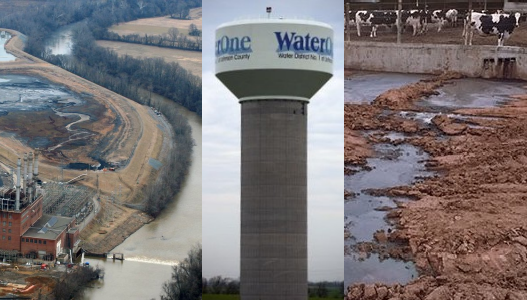
Protecting Water In Kansas, Panel Discussion
Friday, 2 February 2018, 6:00pm-9:00pm
Douglas County Fair Grounds, Dreher Building, 2110 Harper St., Lawrence KS 66046
The Sustainability Action 2018 Annual Meeting will host a panel discussion on “Protecting Water in Kansas: Quality and Availability”, with a local, regional, and state focus. The panel will consist of water activists who are leaders in their own organizations, and who draw upon varying perspectives for protecting our valuable waters. Our intent is to educate, inspire, bring additional people into the movement, collaborate, and mobilize to action. The following representatives from these groups will be the panelists:
Dawn Buehler – Friends of the Kaw: Kansas Riverkeeper
Elaine Giessel – Kansas Sierra Club
Thad Holcombe – Water Advocacy Team
Rachel Jefferson – Historic Northeast Midtown Association
Karin Pagel-Meiners – Wakarusa Group – Kansas Sierra Club
Jessica Skyfield – Kansas Water
Eric Kirkendall, moderator – Sustainability Action Network
Water is our most precious good, enabling and cleansing all life. Only 2.5% of Earth’s water is fresh – present in lakes, streams, aquifers, and the atmosphere. It is an all-encompassing concern, spanning the aspects of water quality, quantity, privatization, sea level rise, wars, and more. Water availability is threatened by drought, desertification, pollution, urbanization, overconsumption, and privatization. Water quality is threatened by our industrial society in several ways, from injection wells and fracking, to nitrate fertilizer and pesticide runoff, and pharmaceuticals and other toxins.
Most of the pollution and overconsumption can be traced to industrial activities such as fossil fuel extraction, petrochemical plants, power generation, urban lawn chemicals, and industrial agriculture. The cumulative result of all this is that our streams have become open sewers, aquatic ecosystems are compromised, aquifers are contaminated or threatened, crop failures are more common for both irrigating and subsistence farmers, cost of water treatment is rising, algae blooms trigger ocean dead zones, and there is a drinking water crisis in numerous cities nationwide.
The evening will begin with a pot luck dinner at 6:00pm sharp (arrive a little early with your dish). At 7:00pm the kitchen will close, and we will welcome everyone and give an overview of water issues concerning our local communities. Then after introductions, each of the panelists will describe the state of water as they see it, and how their organization is working to protect our waters for the common good. In the second hour, we want to explore how all of us can best work together as a team to define and spark action that will lead to substantive change. Each of the panelists and their organizations have distinctive approaches to these issues, and any potential actions will be more effective if we combine our efforts. We hope you will join us.

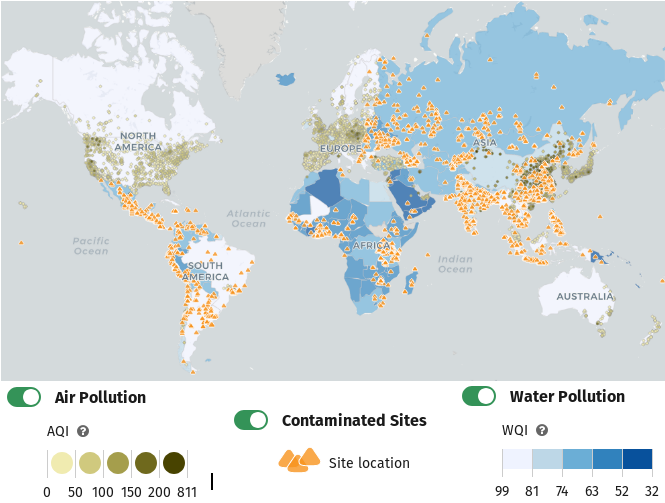
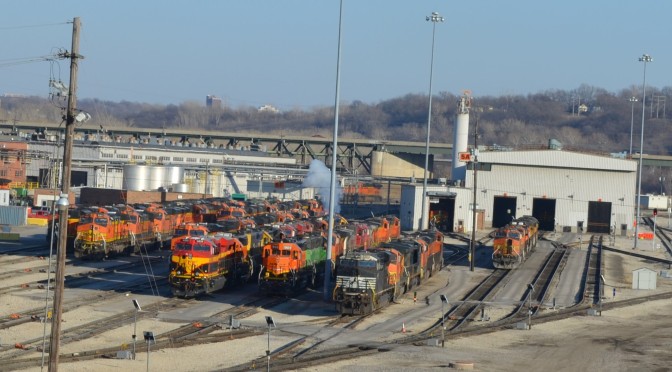
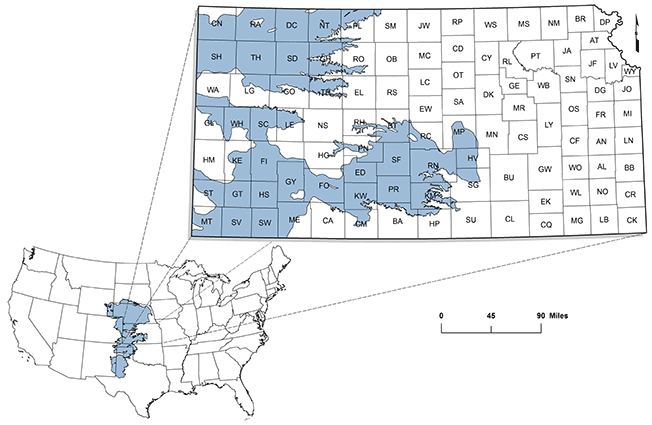
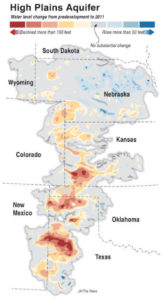
Recent Comments